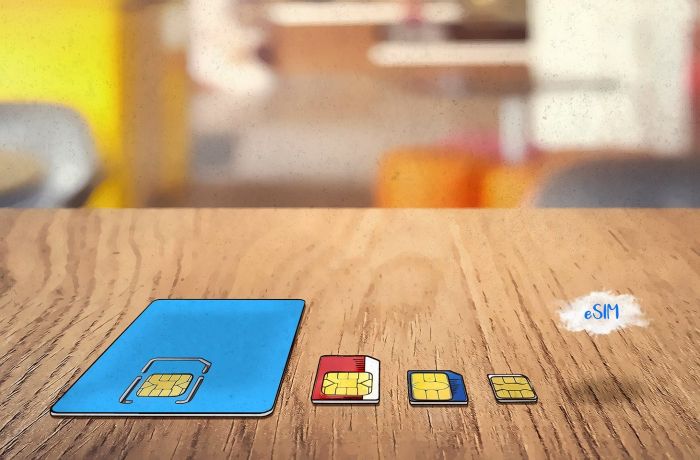Android phones are quickly evolving in the market not only in terms of performance and charging speeds but also how you can use networks on them. For many years, we have used physical SIM cards (even two of them) to make calls and use data networks.
Read More: Gold prices today: Rates across India go up, check latest price in your city
Gradually, the trend shifted to eSIM which negated the use of replacing a physical SIM on the phone and allowed phone makers to free up some space in their design.
And now, Qualcomm is ready for the next solution for smartphones which is called Integrated SIM or iSIM. It says that iSIM will be more power efficient than the regular SIMs and even the eSIM.
Read More: HDFC offers 8% interest rate on these fixed deposits (FDs) to senior citizens
The chip maker says iSIM is integrated into the chipset, which means you have more space cleared up for features like better speakers or even add another motor for vibration. Qualcomm and Thales are pushing the case for iSIM technology by showcasing its use case on a modified version of the Snapdragon 8 Gen chipset.
It is 100x smaller than a nano-SIM that most phones use these days. Industry reports say that iSIM is being heralded as the future of network connectivity for mobile devices. More than 300 million iSIM phones are estimated to be shipped by 2030.
Read More: Good news for depositors! Fixed deposits (FDs) turn positive at 8%
Apple has changed the trend with the US iPhone 14 model that comes without any regular SIM slot. It is interesting to see the market evolve in such a quick fashion, especially with eSIM yet to catch up in a big way. People in countries like India face issues getting eSIM connections that are limited to select operators. We are eager to see how iSIM integrates into the market with the help of Qualcomm which is offering the technology via its flagship chipset. But if the feature has to become mainstream then the chip maker will have to bring it for the mid-range phones as well.



































